City Palace Jaipur
Exploring the jewel of Rajasthan’s royal history
The City Palace in Jaipur is where history meets magnificence in the heart of Rajasthan.
This stunning architectural masterpiece has been the centre of royal life since the 18th century, combining the best of Rajasthani and Mughal architecture styles.
Built between 1729 and 1732 by Maharaja Sawai Jai Singh II, the City Palace Jaipur continues to serve as a royal residence. The palace complex tells the story of Rajasthan’s rich heritage through its grand halls and courtyards. The royal family still occupies a portion of this cultural heritage site, making it a living piece of history.
Architectural marvels and design elements
The fusion of architectural styles at City Palace Jaipur creates a unique aesthetic that sets it apart from other heritage sites in India. The complex showcases intricate carved arches and delicate paintings that reflect the sophisticated taste of Rajasthan architecture.
The pink and red sandstone façade features elaborate decorations that exemplify the finest Mughal architecture techniques. Each courtyard and building within the complex demonstrates the exceptional craftsmanship of its era.
- Chandra Mahal: The seven-storey Chandra Mahal dominates the City Palace Jaipur complex. Each floor features distinctive architecture and houses various royal artefacts. The top floor offers panoramic views of Jaipur’s historic district.
- Mubarak Mahal: The Mubarak Mahal, now housing a textile museum, displays an impressive collection of royal costumes and accessories. Its blend of Islamic, Rajput, and European architectural styles makes it a remarkable example of cultural fusion.
Cultural significance and modern-day importance
The City Palace Jaipur remains an important cultural heritage centre, hosting traditional festivals and ceremonies throughout the year. As a premier tourist attraction, it provides insights into Rajasthan’s royal history and architectural excellence.
The palace museums house collections of rare manuscripts, Mughal carpets, and royal memorabilia. These carefully preserved artefacts help tell the story of Jaipur’s transformation from a royal capital to a modern heritage city.
Throughout City Palace Jaipur, intricate artworks adorn the walls and ceilings. The Peacock Gate, with its stunning peacock motifs, exemplifies the artistic excellence of Rajasthan architecture. Detailed miniature paintings and mirror work showcase the region’s artistic heritage.
The palace complex houses several museums that display royal treasures. The armoury museum exhibits an impressive collection of weapons from different periods, while the textile gallery in Mubarak Mahal presents exquisite royal garments and accessories. These collections provide fascinating insights into royal life and Rajasthan’s cultural heritage.
Gardens and courtyards
The palace complex includes carefully maintained gardens that demonstrate traditional Rajasthan architecture in landscape design. These green spaces provide pleasant areas between the grand buildings and showcase the sophisticated planning of royal estates. Several courtyards feature distinctive themes, from ceremonial spaces to private royal gardens.
Summary
The City Palace Jaipur represents the perfect blend of historical grandeur and living heritage. Its architectural beauty, cultural significance, and royal legacy make it an essential part of India’s cultural landscape. The palace complex continues to preserve and showcase the rich heritage of Rajasthan while adapting to its role as a premier cultural institution.

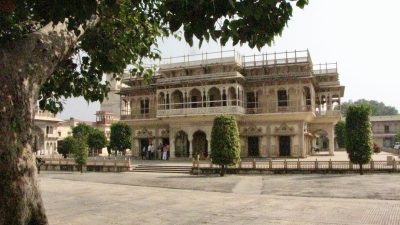
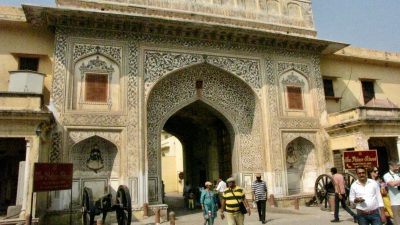
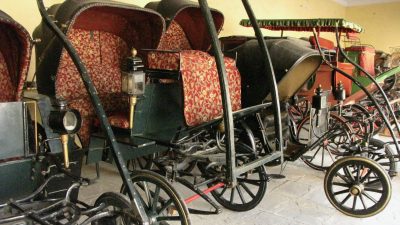
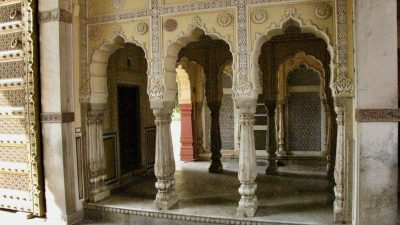
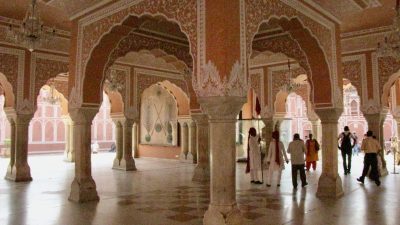
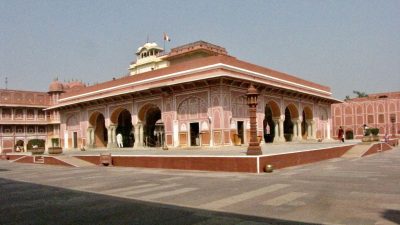
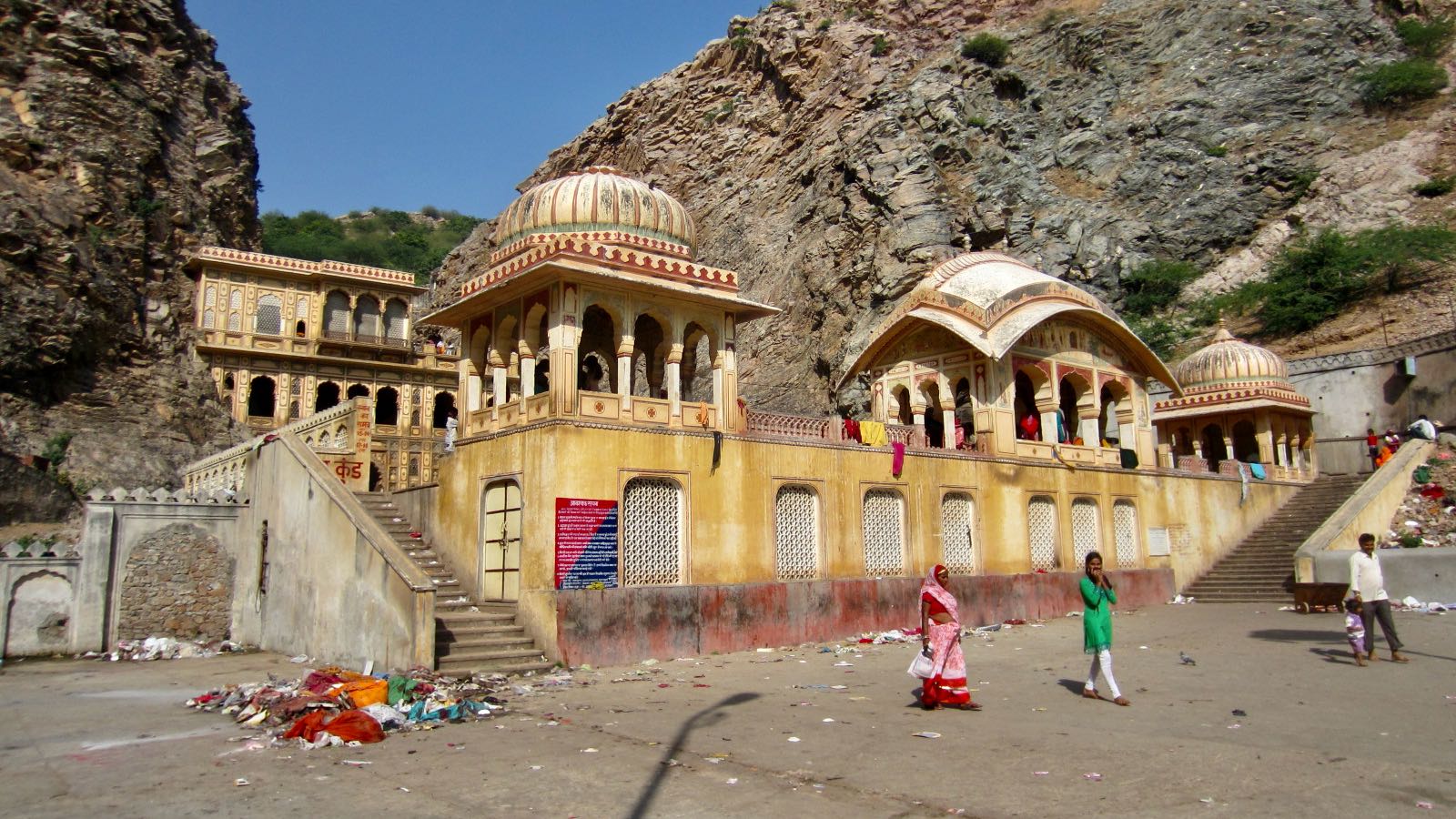

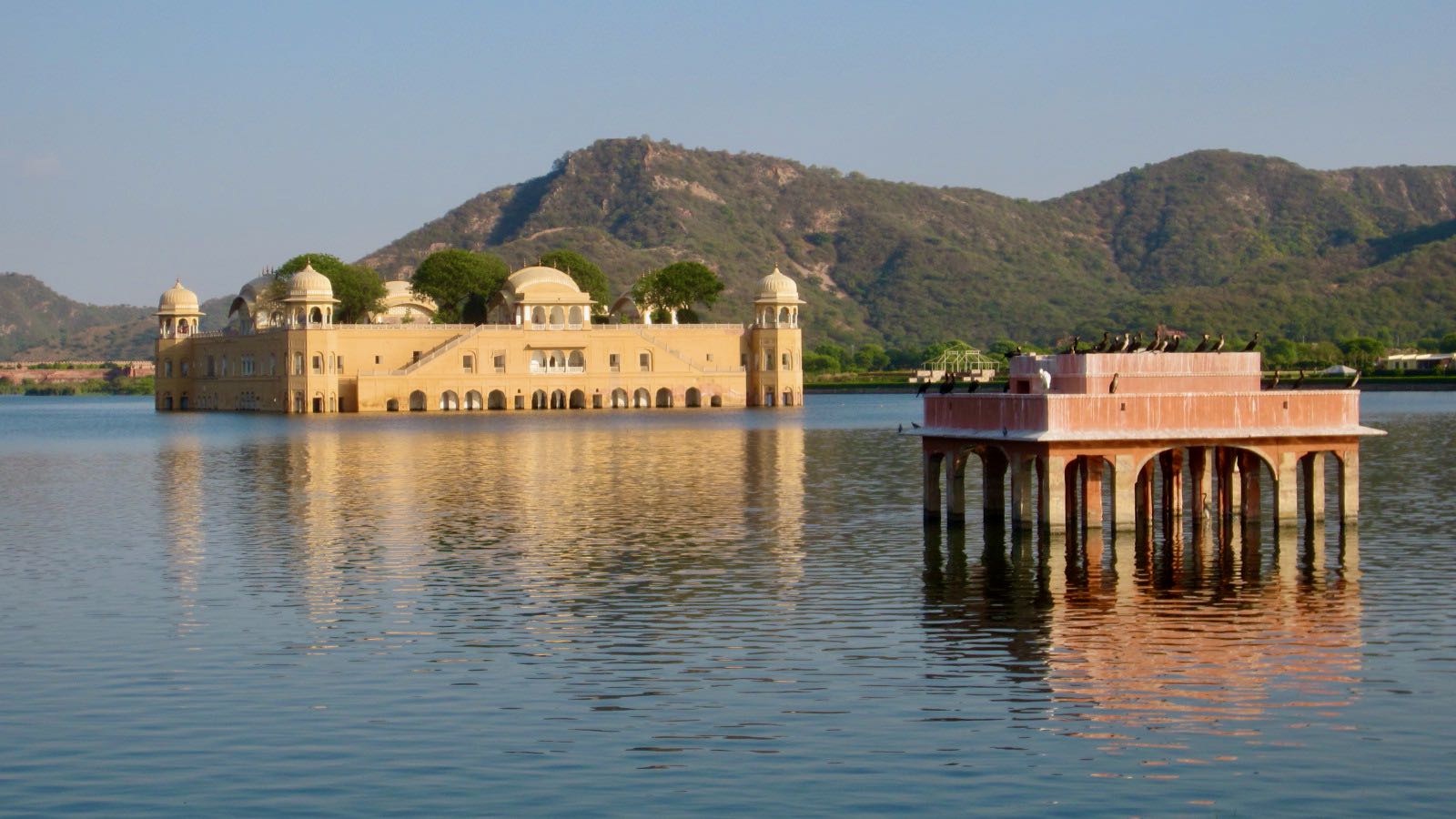
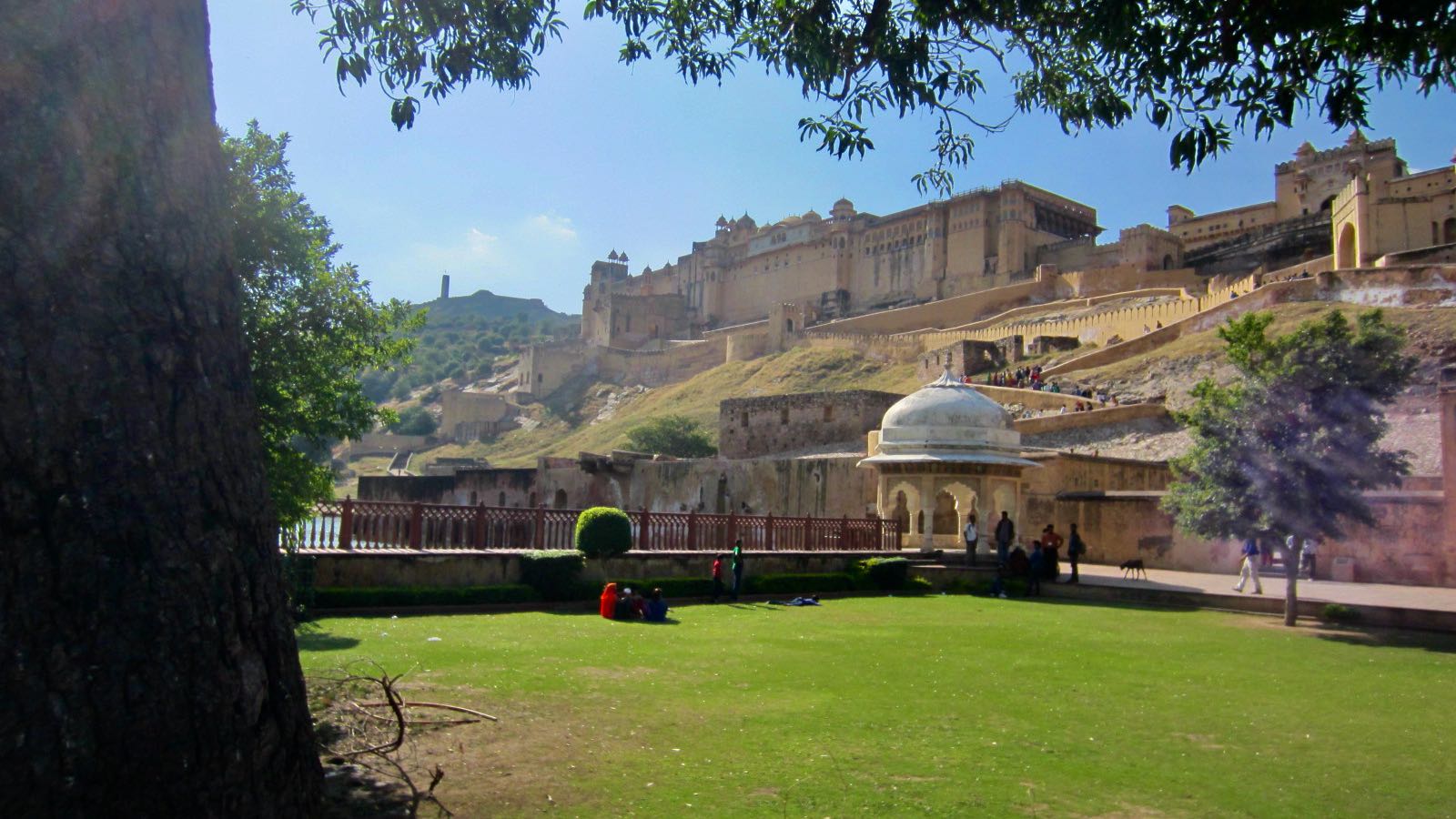

Leave A Comment